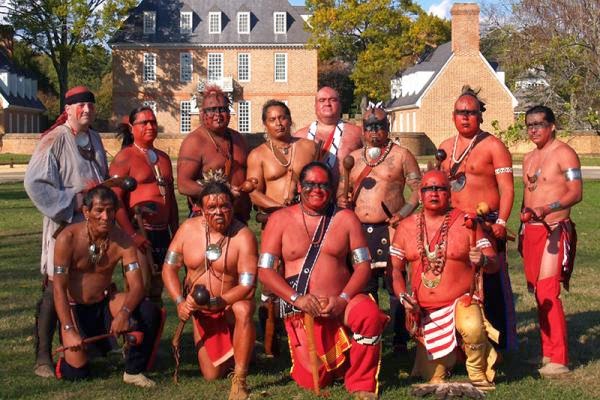Please Note: All posts on this blog are intended for informational purposes only, not as an evaluation or endorsement of any artist, art form or organization. If you have concerns about the accuracy of any information presented please contact the author at hmsarthistorian@gmail.com.
Australian Aboriginal Christian artist Safina Stewart recently completed another commissioned painting, this one for One Community Church near Melbourne, Australia. The church asked Safina to create a painting that represented "authentic welcome."
Safina responded with Wominjeka, or "Welcome" in the language of the Wurundjeri people (upon whose land One Community Church stands). Here is a description of the painting from the church's website:
The symbols she has chosen are time-honoured icons of the Wurundjeri people upon whose land One Community Church stands. The gum leaves are used in ‘Welcome to Country’ ceremonies. The Manna Gum, known for its resilience, symbolises hope, courage, perseverance, growth and life. The handprint signatures represent the unique identity each person brings to Christian community. Their imperfect form recognises on the one hand each person’s brokenness, sadness, suffering and struggle. However, they also highlight God’s amazing grace that welcomes without condition or judgement.
The central circles symbolise unity and connection within community and the strong, trusting, healthy and restored fellowship celebrated through generous, welcoming hospitality. The feeder creeks running into the large Yarra river symbolise the healing, refreshing and cleansing power available to all who respond to his invitation to come to him for rest. Even in our brokenness He invites all to soak in His saving/healing River of Life. As the rivers run out beyond the borders of the painting, there is a reminder that as redeemed, commissioned ambassadors we too are to be Jesus’ welcomers beyond the familiar boundaries of our own ‘country’.
At the same link you can watch a short video of Safina discussing the inspiration behind the painting and the various parts of it, as well as listen to a downloadable podcast of her speaking about it (click
here to go directly to the podcast link). Here is the video:


.jpg)



